Amarnath
Amarnath
Introduction
The Amarnath Yatra is one of the most sacred pilgrimages in Hinduism, dedicated to Lord Shiva. Located at an altitude of 3,888 meters (12,756 ft) in the Himalayas of Jammu & Kashmir, the Amarnath Cave houses the naturally occurring ice Shiva Lingam, which is believed to wax and wane with the phases of the moon.
Every year, thousands of devotees undertake the challenging yet spiritually uplifting Amarnath Yatra, which is organized during the months of June to August (Shravan month). The pilgrimage requires trekking through steep and rugged terrains, passing through breathtaking landscapes, glaciers, and snow-covered mountains.
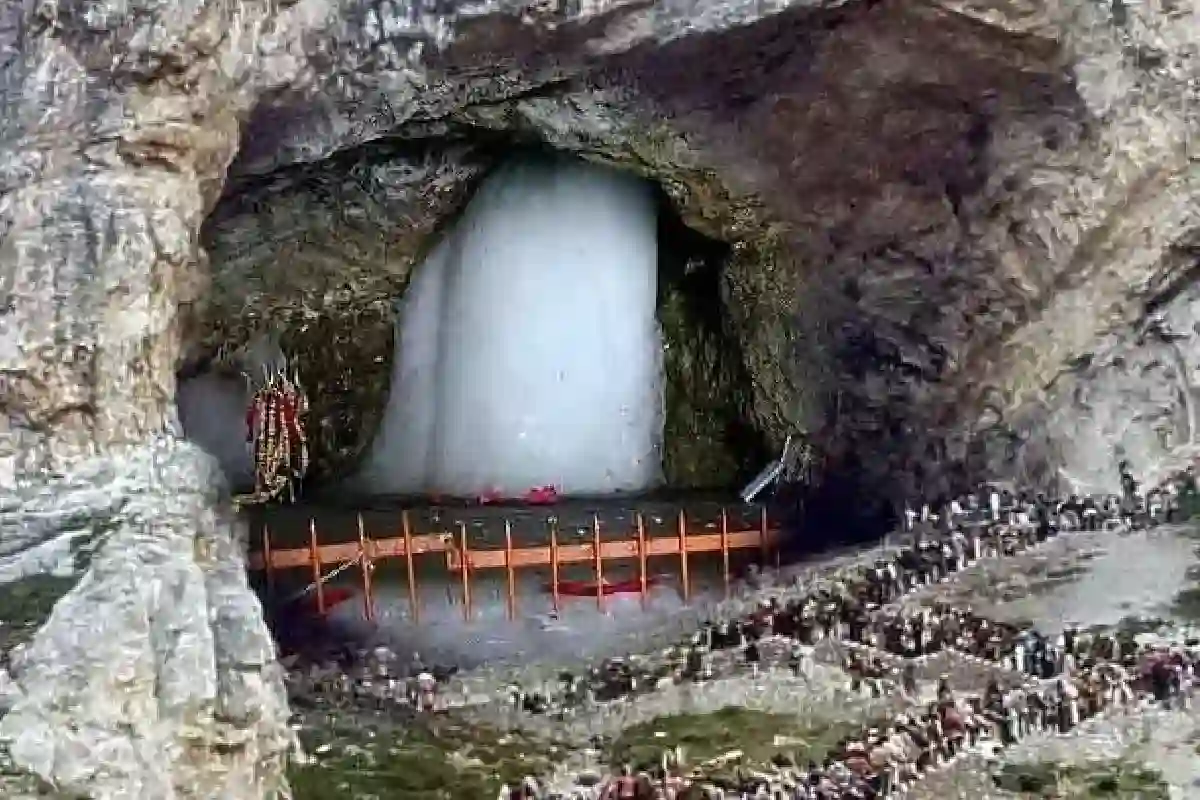
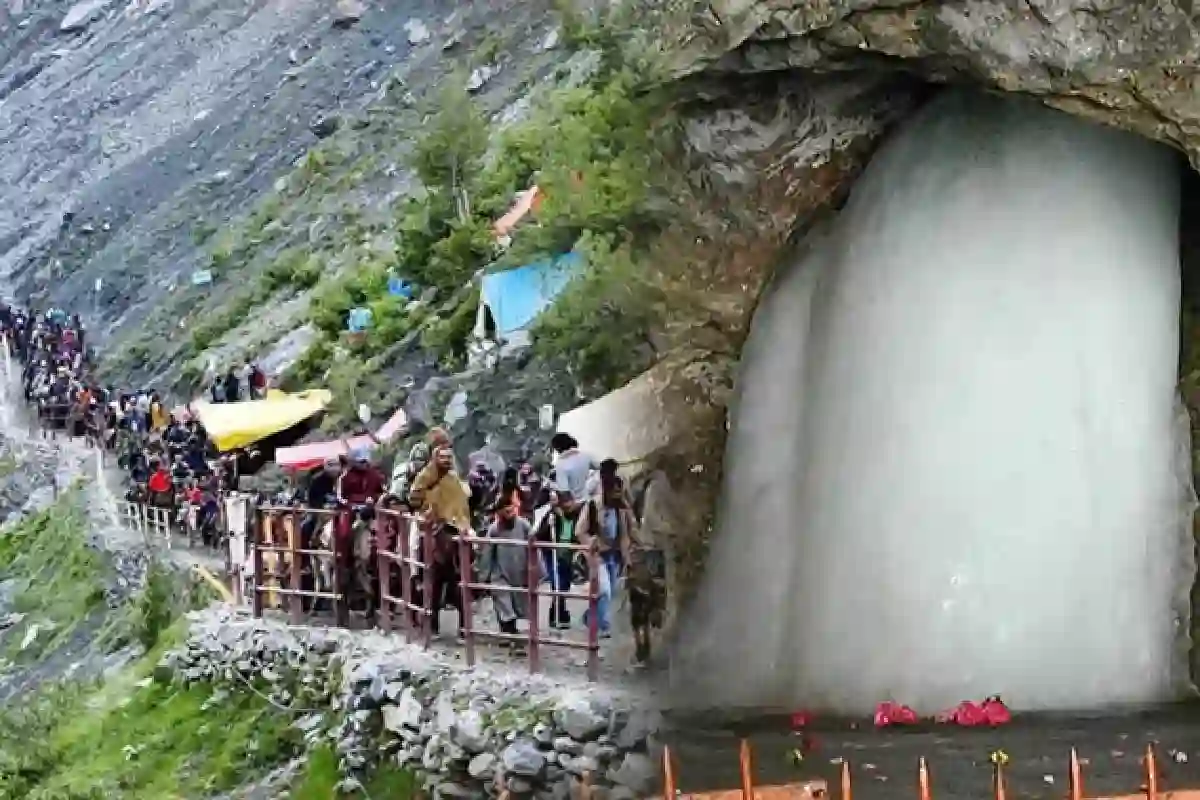



- The best time to visit Amarnath is during the annual Amarnath Yatra, which takes place between June and August.
- The exact dates vary each year based on the Hindu Shravana month and are determined by the Shri Amarnath Shrine Board (SASB).
- The weather is favorable during these months, with temperatures ranging between 5°C and 15°C.
- The cave remains inaccessible during winter due to heavy snowfall and extreme cold.
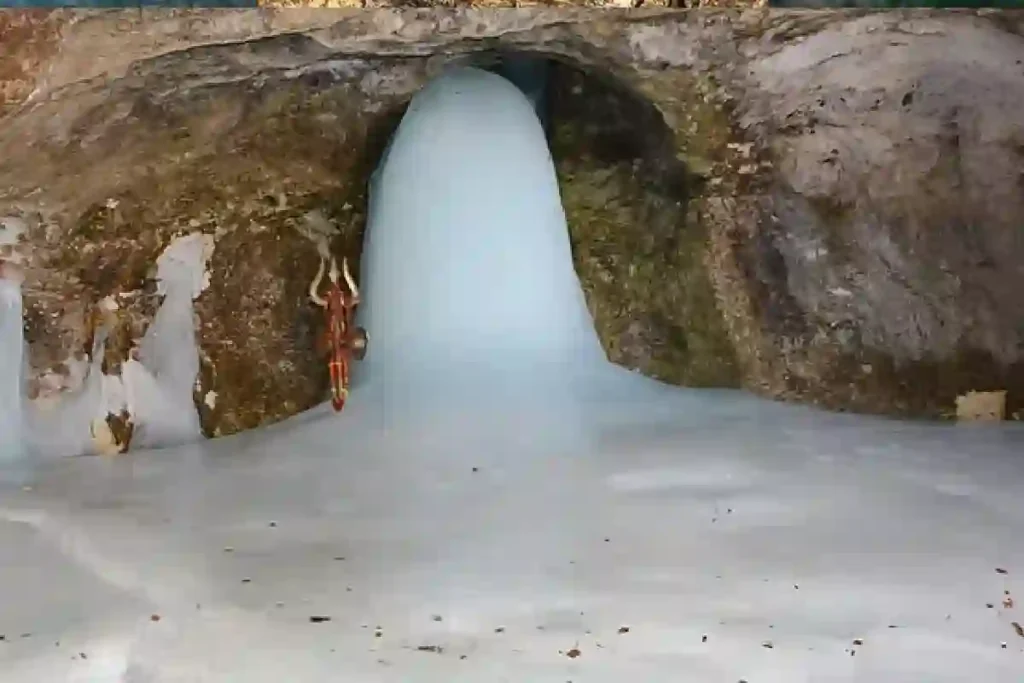
- Darshan of the Holy Ice Lingam – Witness the naturally forming Shiva Lingam inside the sacred cave.
- Trek to Amarnath Cave – Experience the challenging yet spiritual trek via Pahalgam or Baltal route.
- Visit Panchtarni – A scenic spot and the last stop before reaching the cave.
- Stop at Sheshnag Lake – A breathtaking high-altitude lake on the Pahalgam route.
- Perform Rituals & Pooja – Seek blessings and participate in prayers and aarti at the cave.
- Helicopter Ride – Opt for a helicopter service for a quicker and more comfortable journey.
- Enjoy the Himalayan Beauty – Admire the snow-covered peaks, glaciers, and lush green valleys throughout the journey.
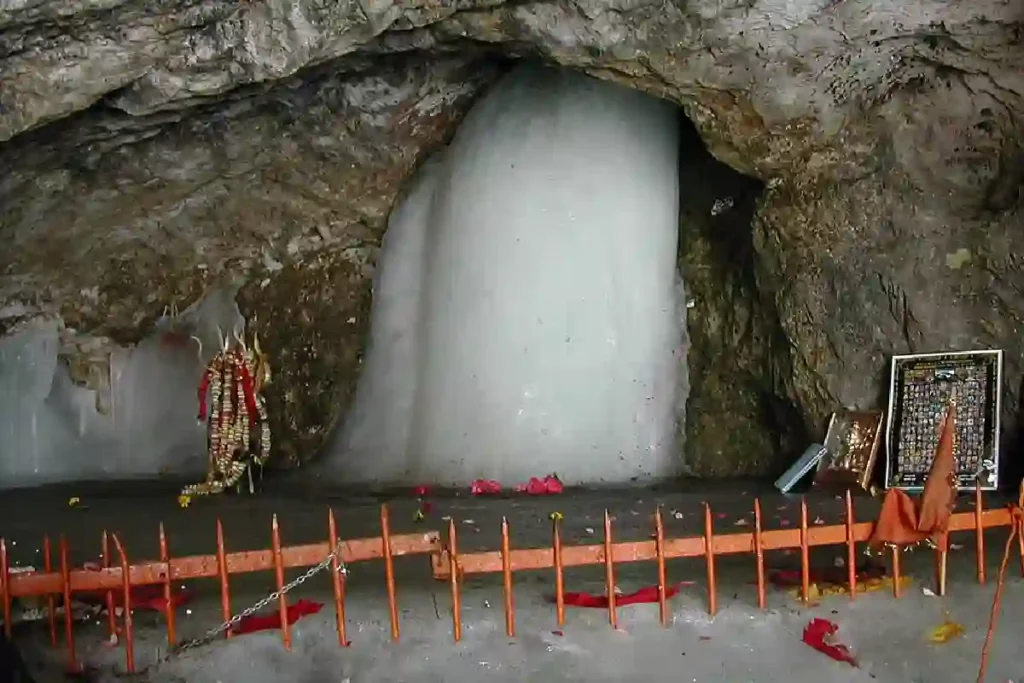

Shailputri
Goddess Shailputri is the first incarnation of Maa Durga and is worshipped on the first day of Navratri. The name "Shailputri" means "Daughter of the Mountains", as she was born to King Himavan, the ruler of the Himalayas.

Brahmacharini
Maa Brahmacharini is depicted as a radiant goddess walking barefoot, dressed in a white sari. She holds a japa mala (rosary) in her right hand and a kamandal (water pot) in her left hand, symbolizing devotion and renunciation.
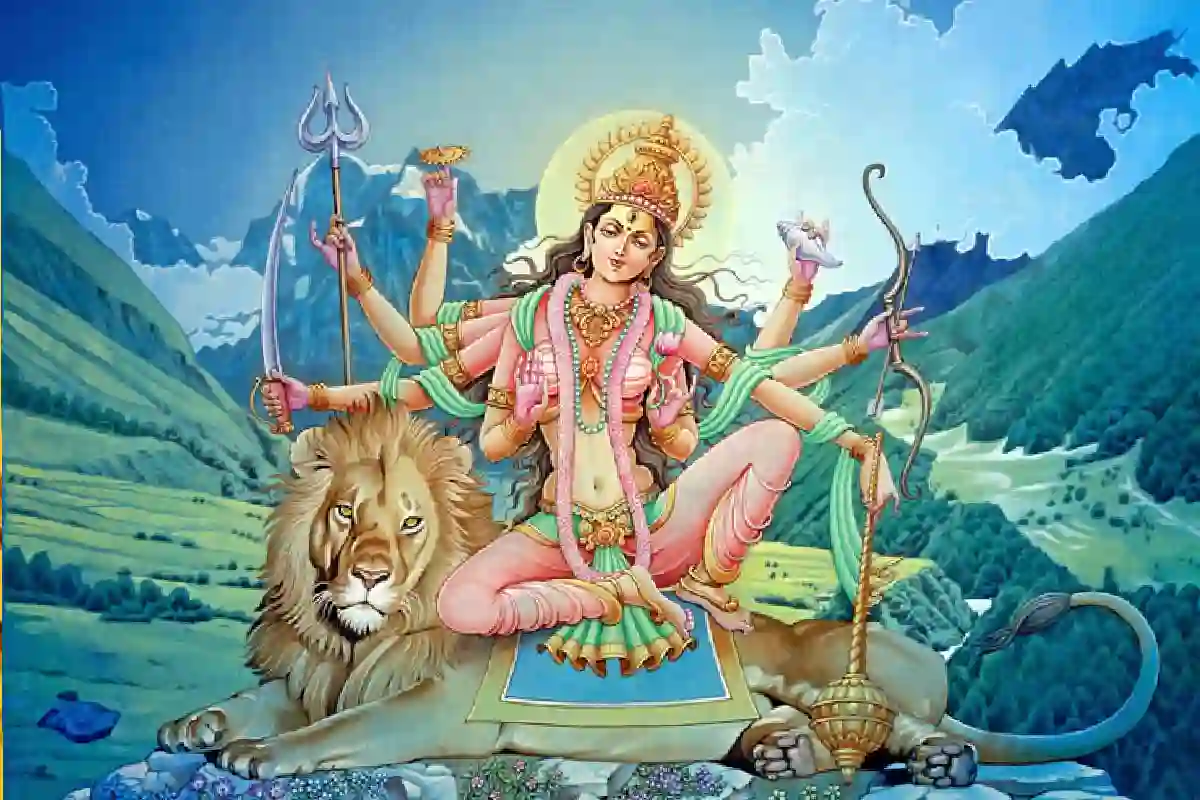
Chandraghanta
Goddess Chandraghanta is the third manifestation of Maa Durga, worshipped on the third day of Navratri. The name Chandraghanta comes from the crescent moon (Chandra) that adorns her forehead, shaped like a bell (Ghanta).

Kushmanda
Maa Kushmanda is depicted as a radiant goddess with eight arms, holding a chakra, gada (mace), bow, arrow, kamandal, lotus, and a jar of nectar. She rides a lion, symbolizing strength and fearlessness.




 Home
Home  Whishlist
Whishlist  Compare
Compare  Checkout
Checkout